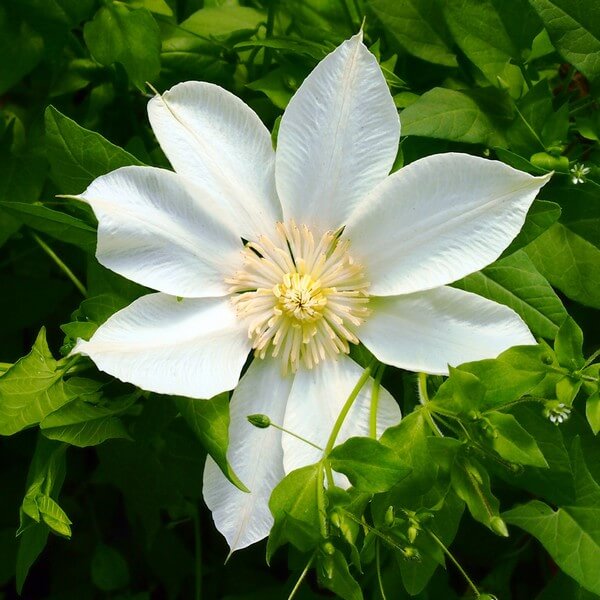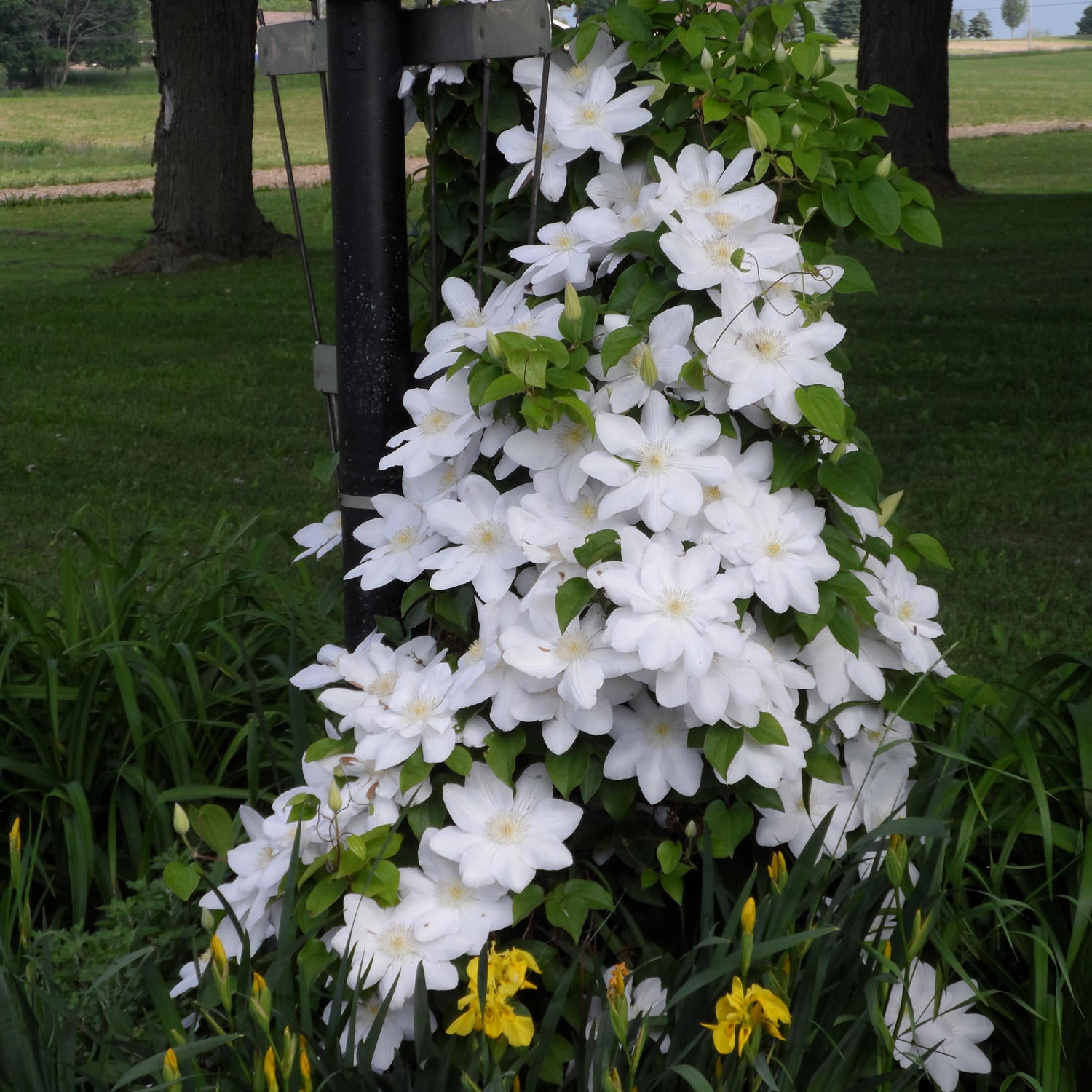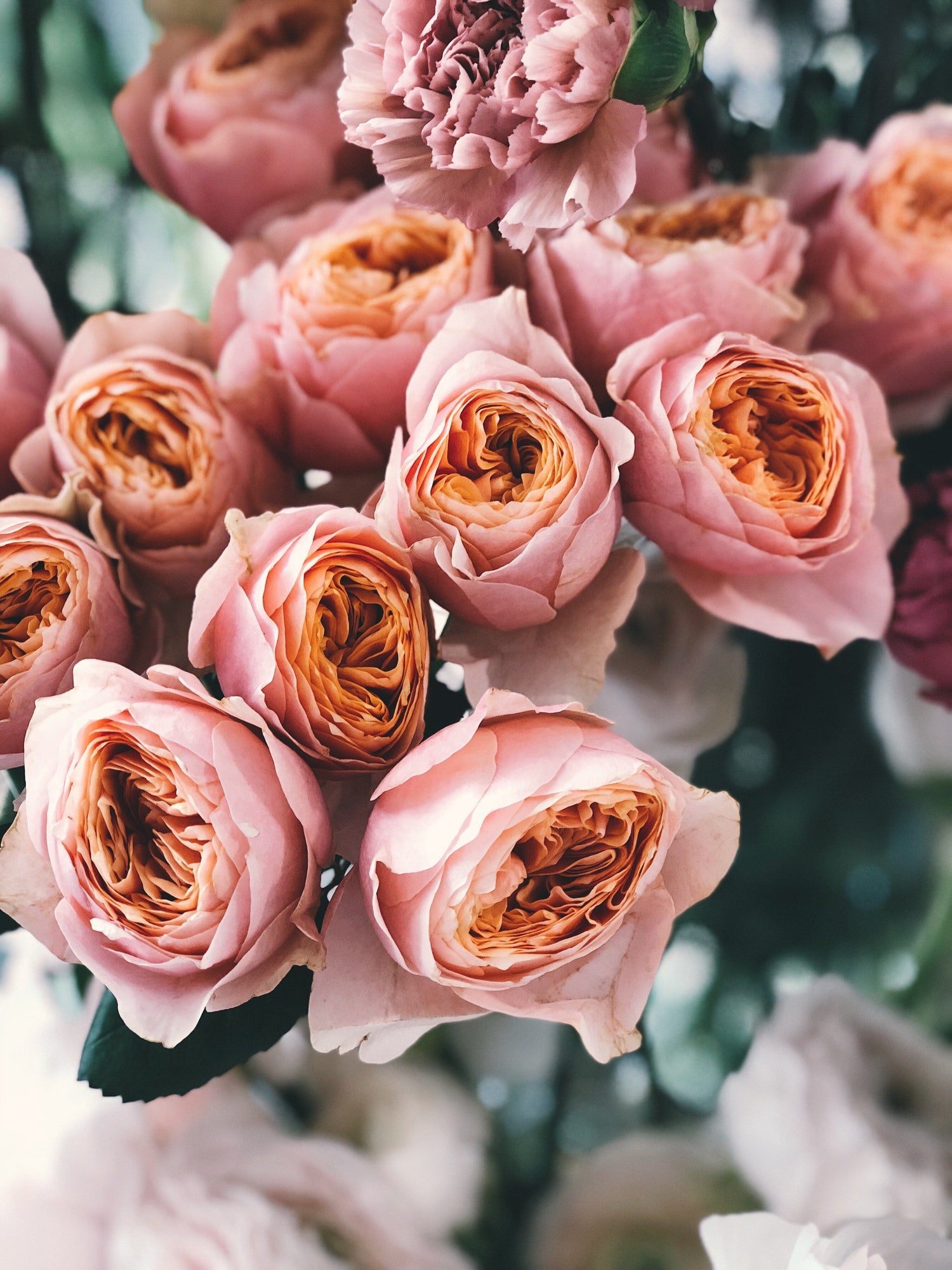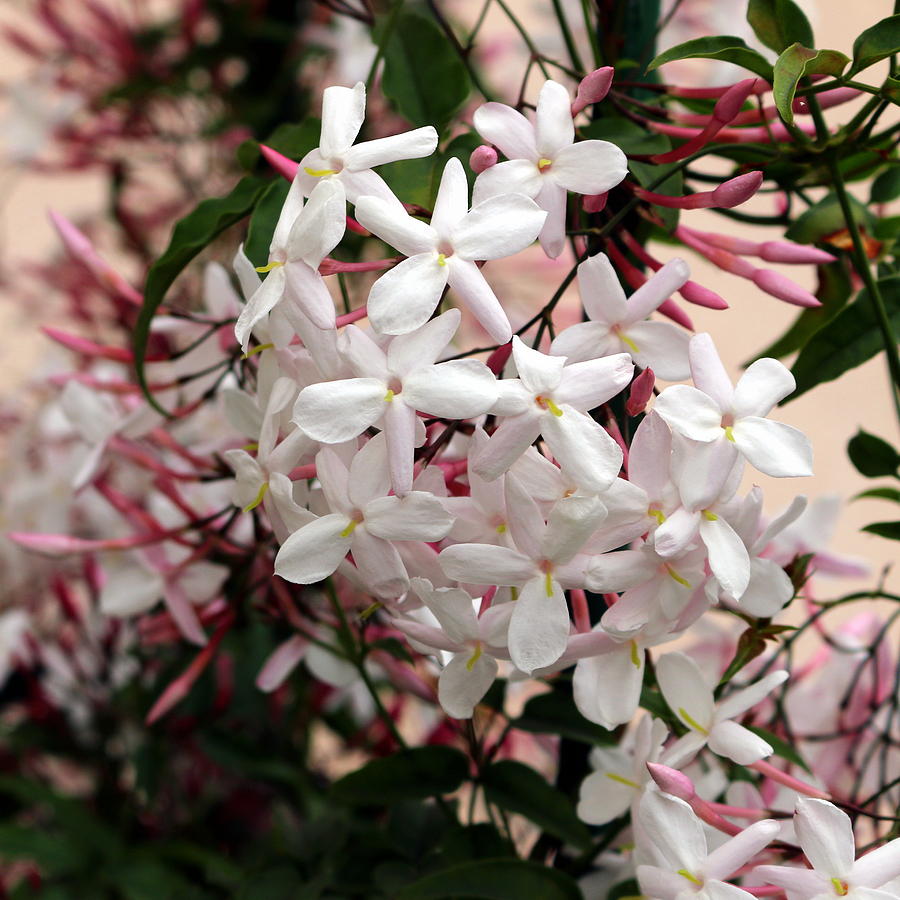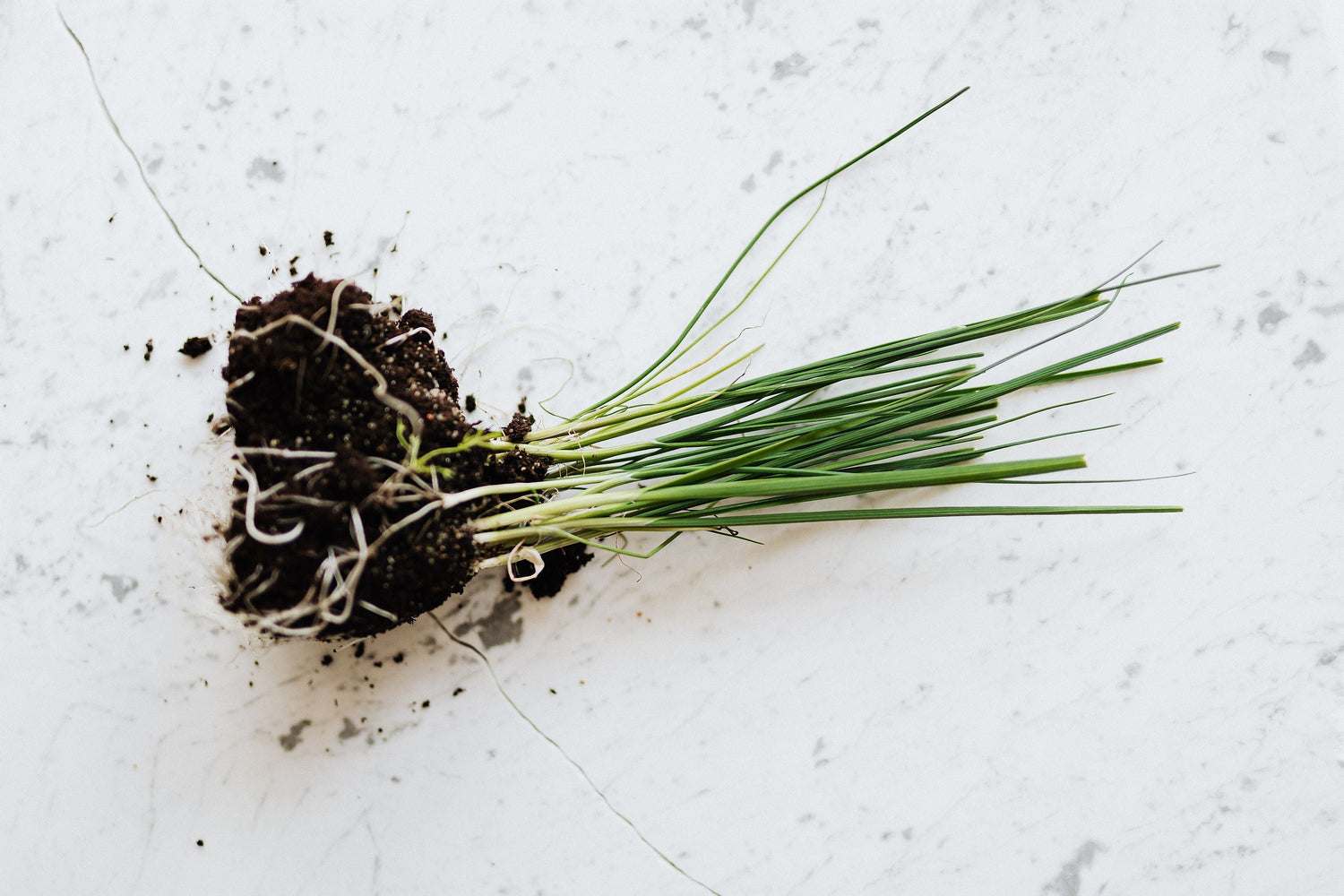Clematis 'Guernsey Cream'
Dreamdrop Gardens
Out of stock
Couldn't load pickup availability
Product Information
Clematis 'Guernsey Cream' is a stunning large-flowered variety with an abundance of luminous flowers that completely envelop the foliage. The petals start off pale yellow, but as they mature, they turn creamy white and nicely contrast the prominent yellow anthers. To add even more interest, this vine produces large, showy silver seedheads. It blooms twice, first in late spring and early summer, then again in late summer and early fall. This reliable and vigorous plant is perfect for covering arbors, trellises, pergolas, and other garden structures. You can even pair it with your favorite climbing roses to cover their bare stems.
Share
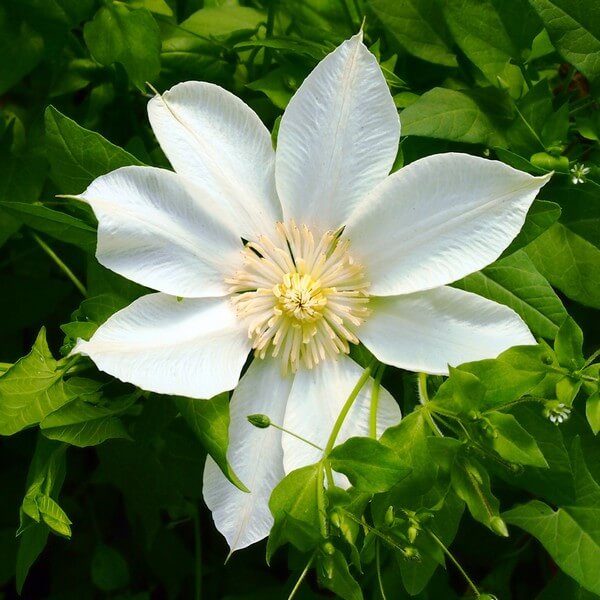
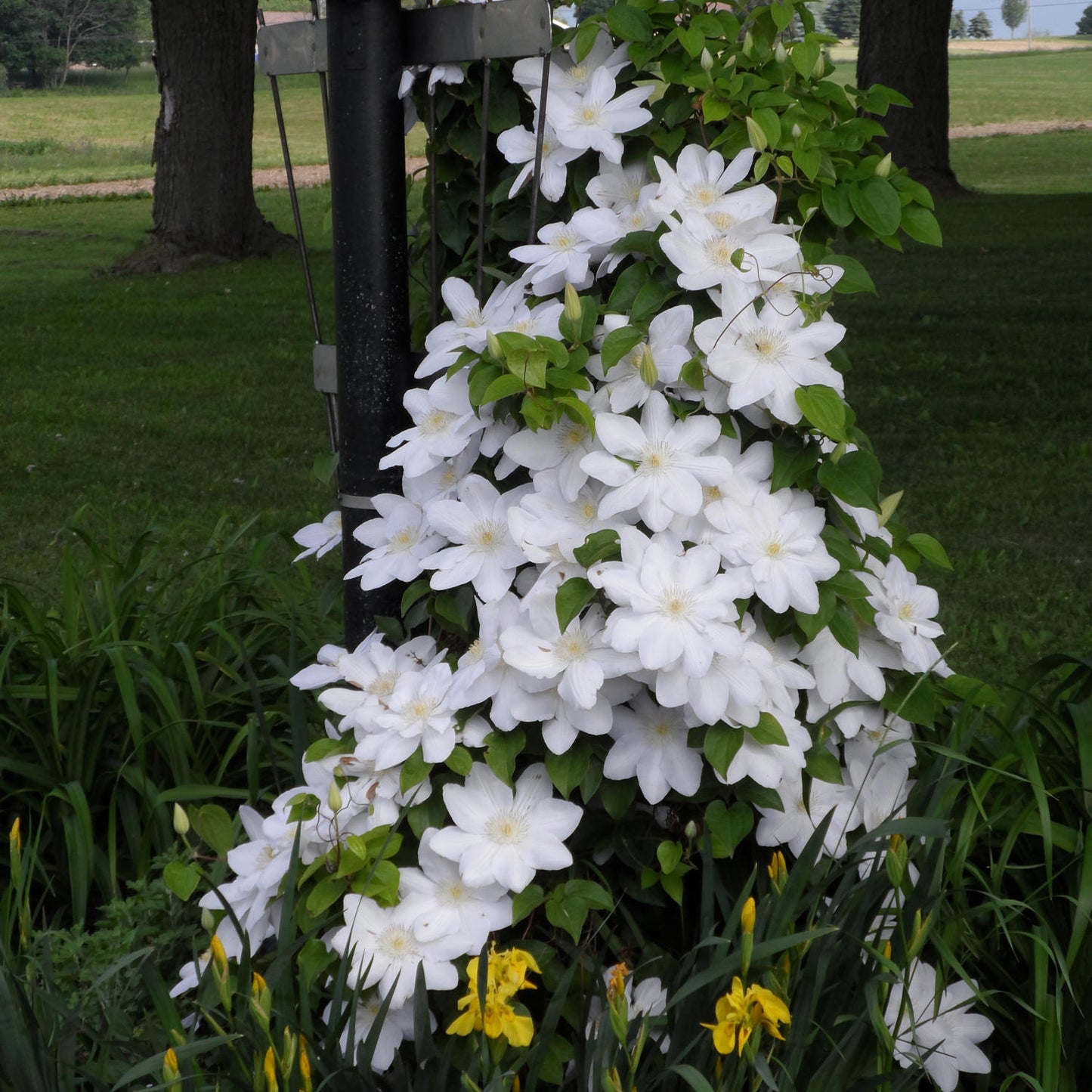
Plant Info & Tips
Detailed Info
| Variety Name |
Guernse Creme Guernsey Creme TinkerBell Guernsey Cream Guernse Cream |
| Hardiness Zones | 4, 5, 6, 7, 8, 9, 10, |
| Sunlight Exposure | Full Sun, Part Sun, |
| Prune Group |
2 |
| Height | 10 ft |
| Spread | 4 ft |
| Flower Size | 7 in |
| Fragrance |
Light
|
| Season of Interest | Spring, Summer, |
| Spacing | 3 ft |
| Visual Features |
Climbing Flowering Attracts Bees and Butterflies |
| Drought Tolerance |
Important Your clematis is drought tolerant. However, it will not be able to flower during periods of extreme drought. You will see the plant struggle and lose leaves. When the weather cools down, the plant will revive. Being a Type 2 clematis, your clematis will flower again in 3-4 weeks. |
| Toxicity | Clematis is toxic to humans and animals when consumed. Usually, they are left untouched by animals. Our cats have always played safe around them. |
Variety Specific Tips & Tricks
Beginners Care Guide
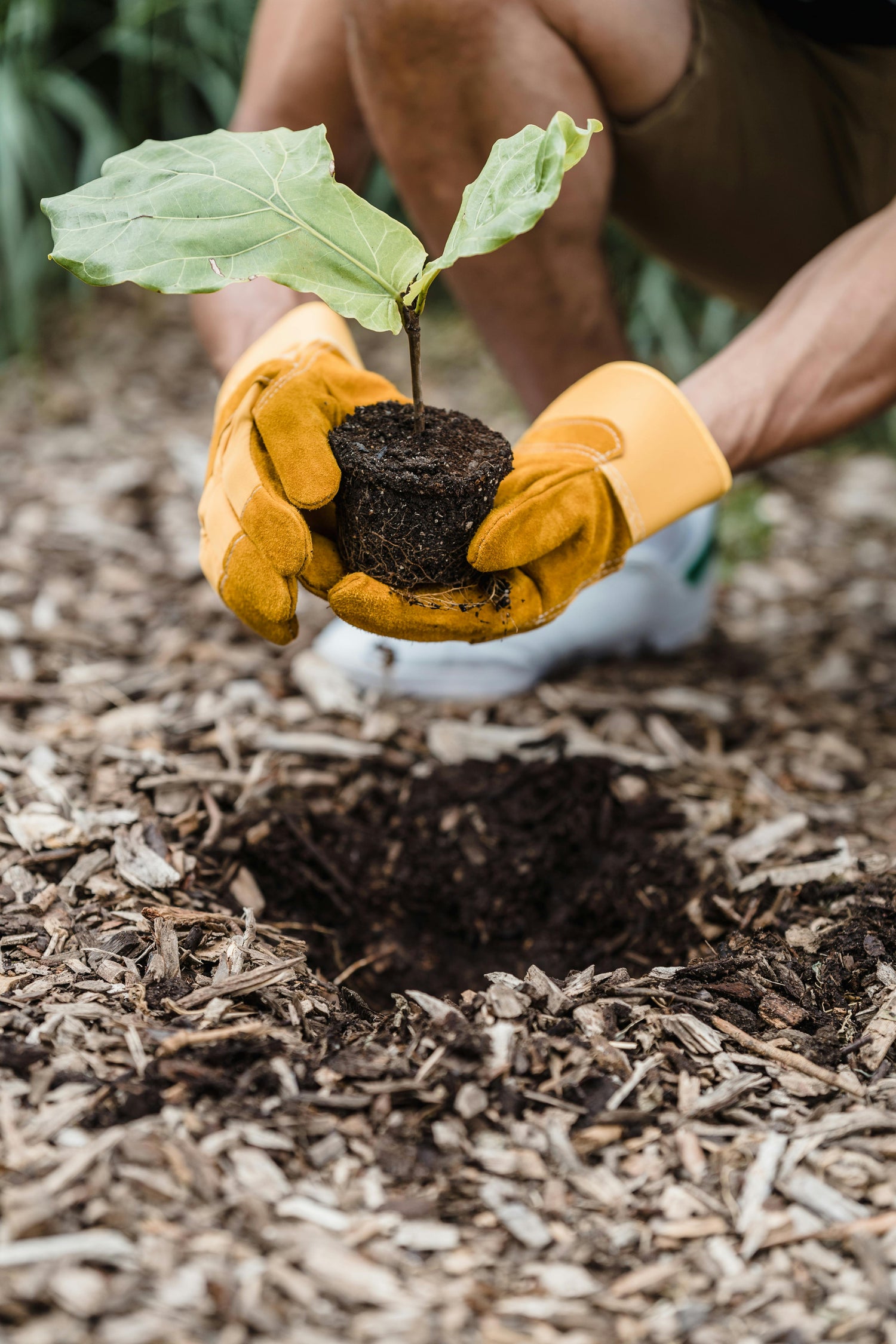
Step 1
Where to Plant
Clematis like rich, organic, and cool soil. Plant in a location where the roots are shaded and the plant has something to climb. If your location gets too much sun, cover your clematis roots with mulch or partner plants to help shade the roots.
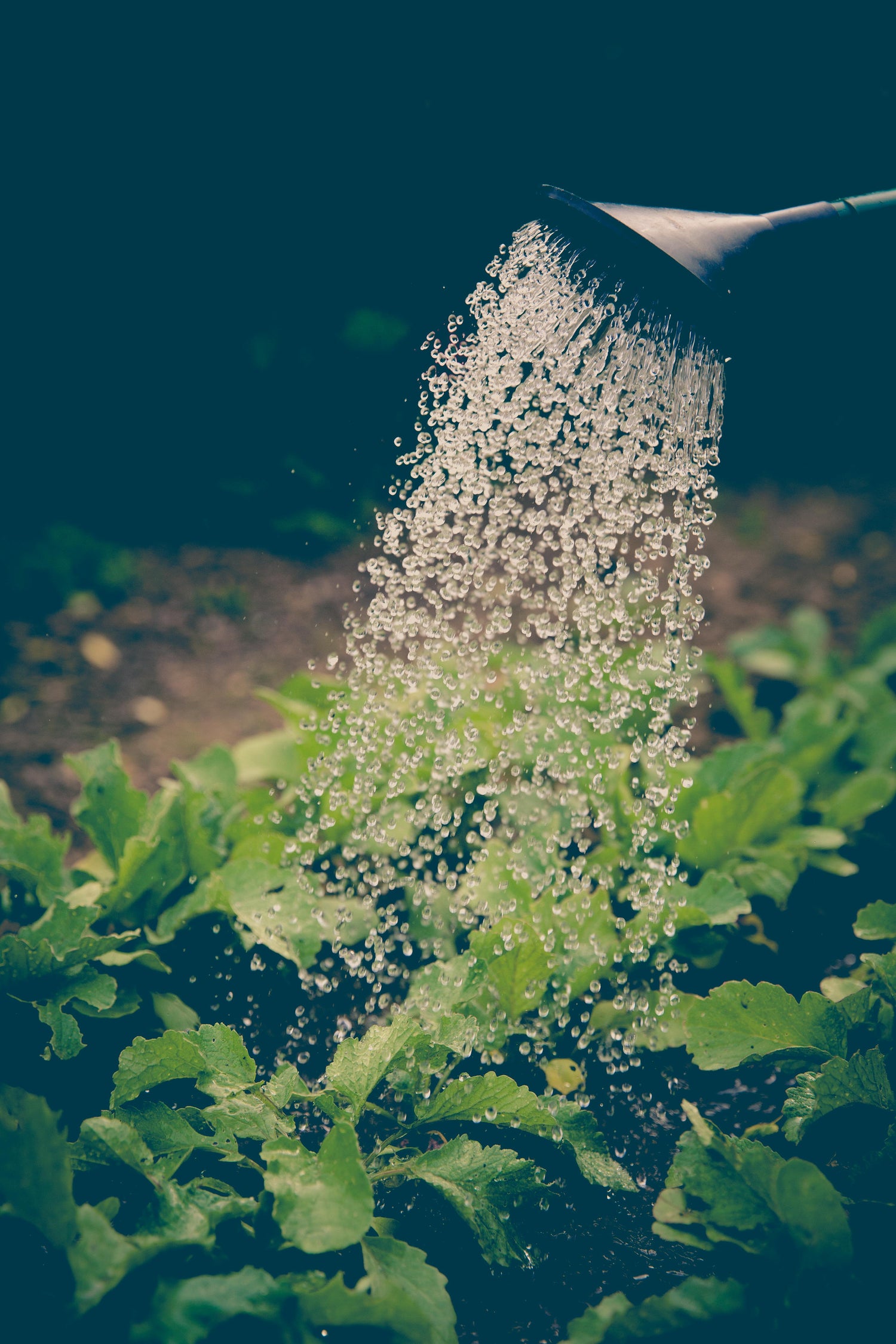
Step 2
Watering
Clematis love water but they don't like being flooded. Water your clematis once the soil is dry and during heat waves. But do not over-water as it will lead to fungal disease. Assure good drainage and add partner plants to help absorb excess water. If you get strong heat waves, add mulch to prevent water from evaporating.
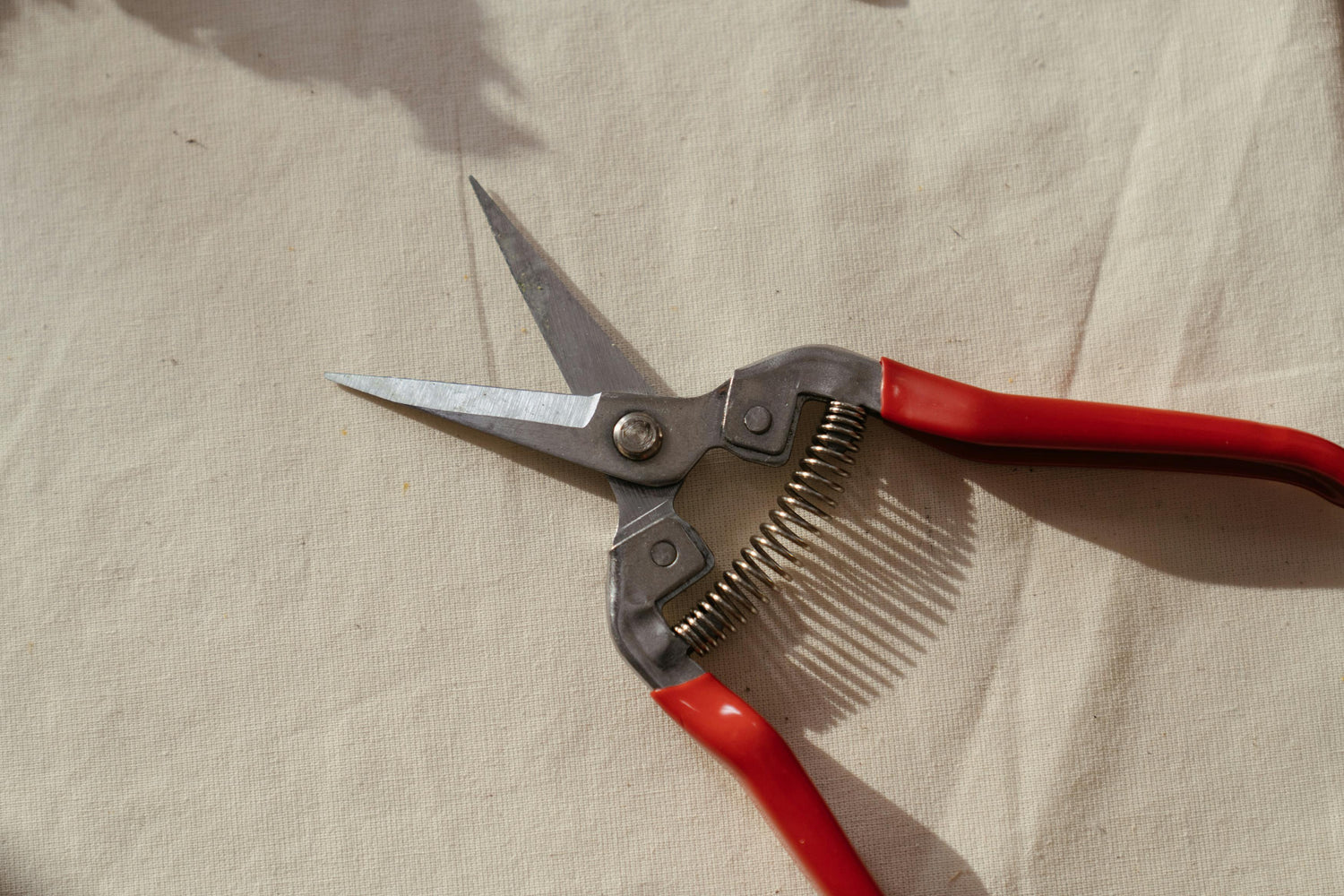
Step 3
Pruning
Pruning technique is key to maximize the number of flowers on your clematis and keep it blooming throughout summer.
Your Prune Group:
- 2
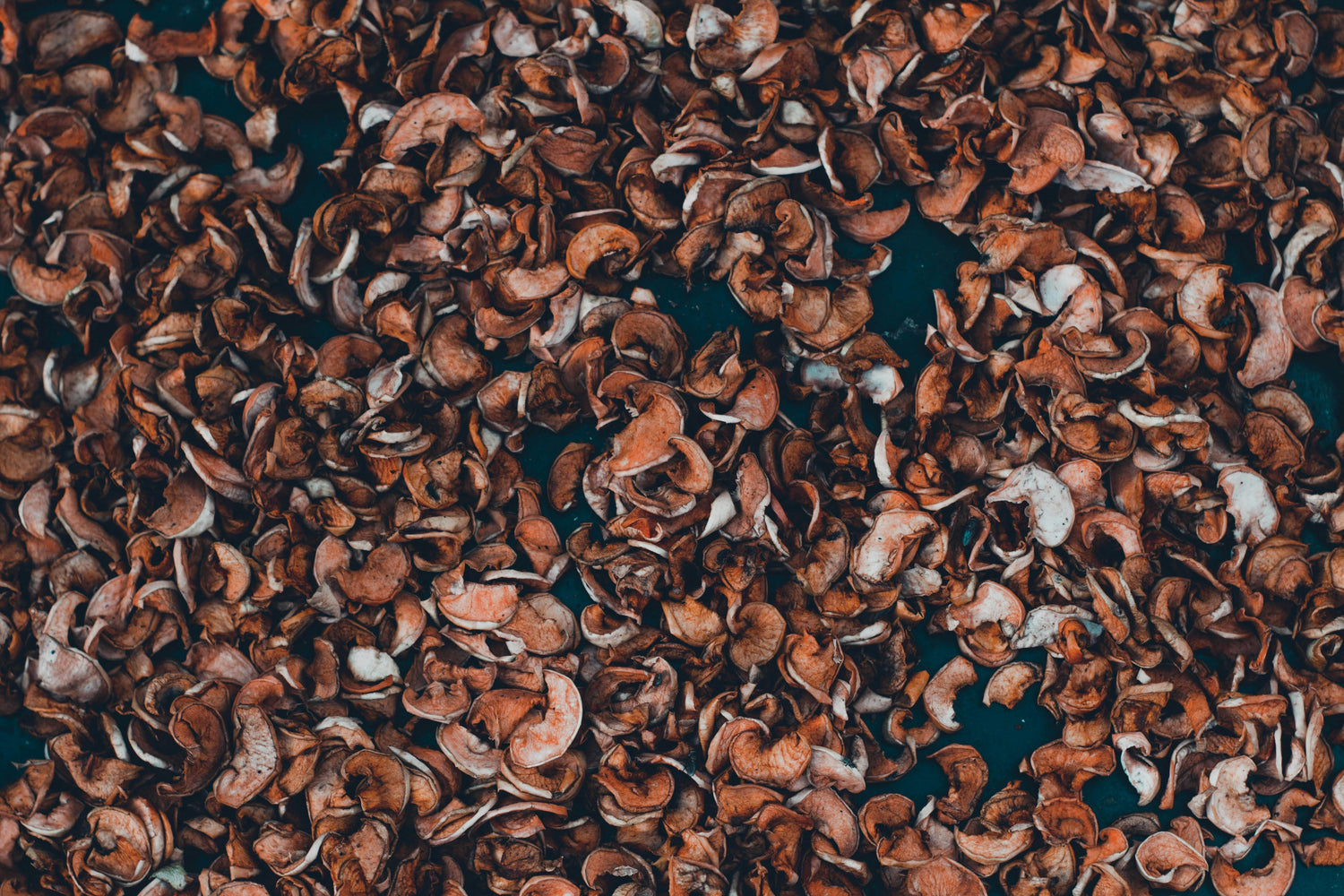
Step 4
Fertilizing
Fertilizing is the secret ingredient to thousands of blooms. Clematis need regular fertilizer to keep them going. You can opt for liquid fertilizer which will need to be applied once a month during the growth season or slow release solid fertilizer, that will feed your plant through the seasons.

